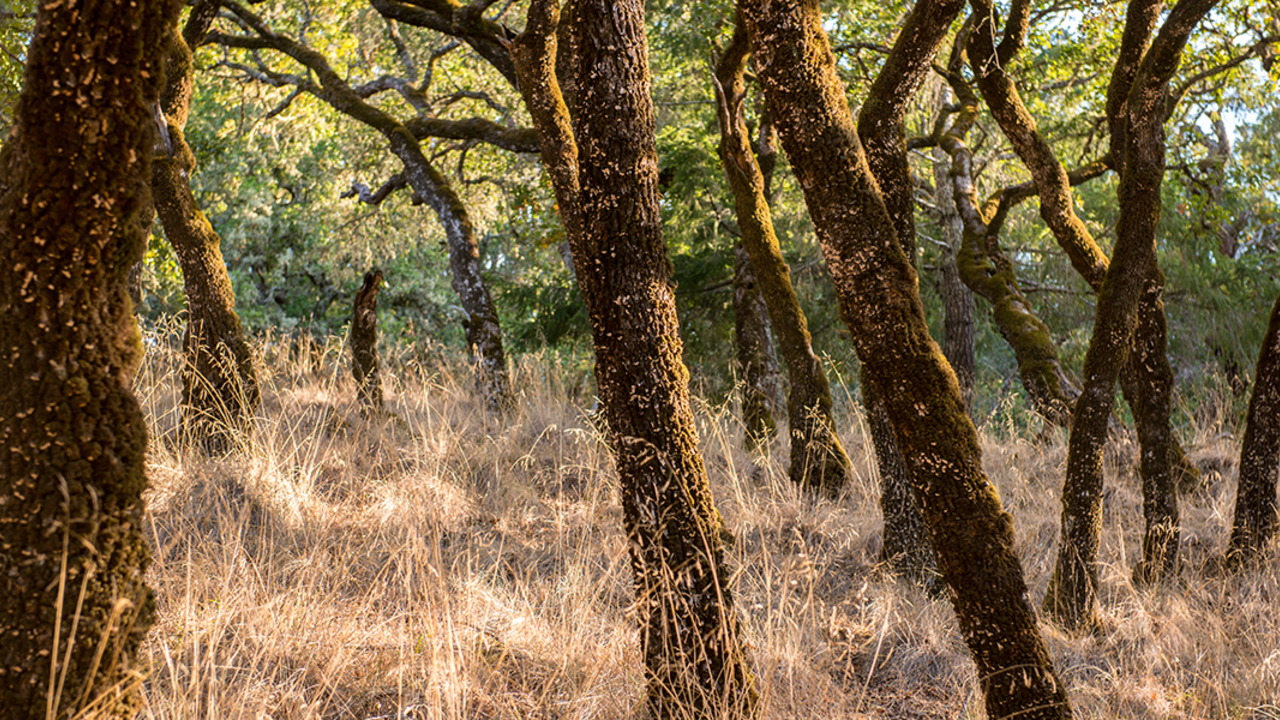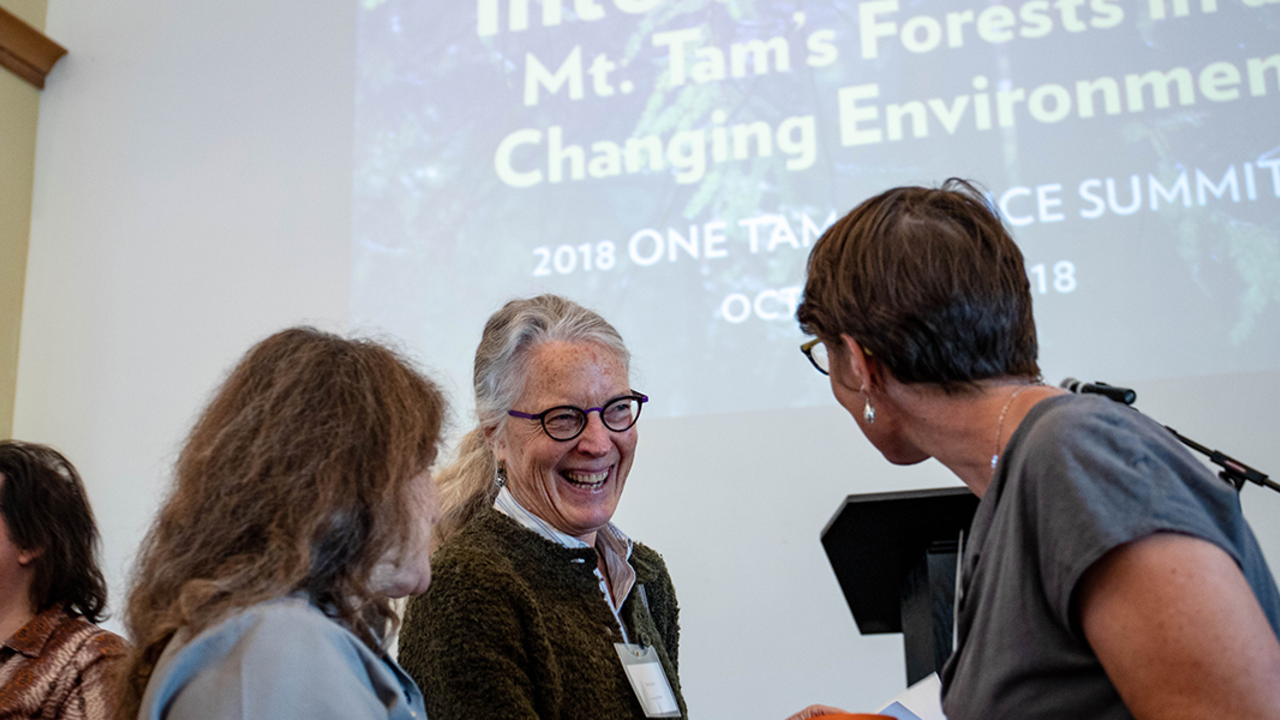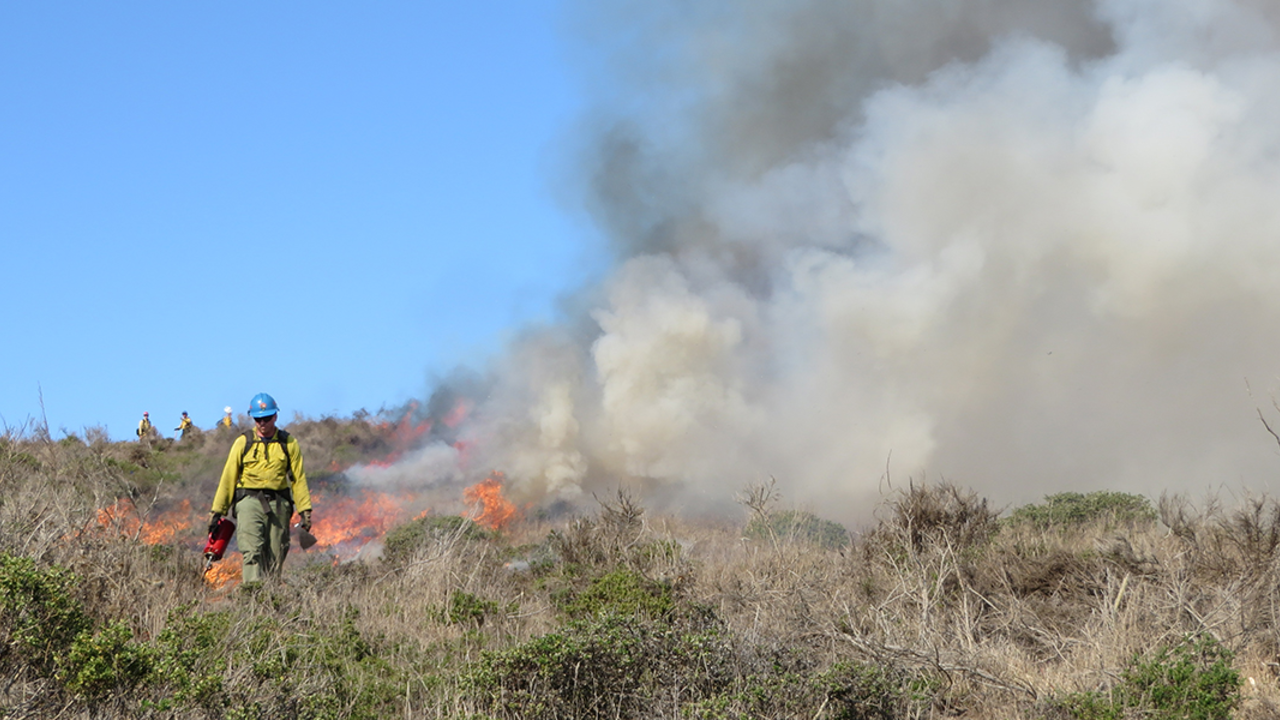Building resilient forests to face climate change, sudden oak death, and wildfire
Big issues discussed at One Tam’s Science Summit

Paul Myers / Parks Conservancy
Disease. Fire. Changing climates. These emerged as powerful, interrelated forces shaping California forests at One Tam’s most recent Science Summit, "Into the Woods."
The gathering on October 5 was the third annual summit, where scientists and community members share knowledge of Mt. Tam’s natural resources. Talks and exhibitions bridged the traditional bounds of science, incorporating aspects of history, art, ethnography, and policy. This approach provided broad context for a suite of environmental problems that have taken on newfound urgency.
An emotive hush cloaked the room during California State Parks Natural Resource Program Manager Cindy Shafer’s account of responding to the historic Tubbs wildfire, which decimated 36,810 acres across Napa, Sonoma, and Lake counties.
What was different about this fire? The shift from indigenous prescribed burning practices to the industrialist strategy of fire suppression, which occurred around 150 years ago to preserve lucrative Douglas-fir timber plantations, may have done some serious damage. California’s legislation followed suit, protecting conifer forests over ecologically-rich oak woodlands. Today we see an estimated 30 percent loss of historic white oak habitat, and dense forests that are less resilient than their historical counterparts to stress and disturbance.

Enter the deadly pathogen Phytophthora ramorum, or sudden oak death, which ecologists are still struggling to understand and control. Widespread oak mortality left an excess of dead trees on the landscape. This abundant fuel, combined with rising temperatures from human-driven climate change, set the stage for disaster in the event of wildfire.
How can we promote resiliency and prevent similar events in the future? Keynote speaker Christy Brigham asserted we strive to enhance the adaptive strength of natural systems. Reciprocal relationships between plants and fungi, known among scientists as Mycorrhiza, may promote the handy qualities of disease resistance, responsiveness to changing climate, and even carbon sequestration. The question is, how do we identify similar effects and augment them?
Many speakers answered that diversity is a critical ingredient of resiliency. Different individuals, strains, and species vary in their response to warmer temperatures and disease. Facing uncertain climate conditions, we have no way of knowing which will respond favorably, and which will be unable to cope. So scientists have to think ahead. Genome sequencing, standardized data collection, and collaborative, landscape-level monitoring are all key pieces of the puzzle.
The summit also offered an opportunity for participants to be part of the solution by hosting booths and hands-on exhibitions from organizations doing natural resources work around Marin.
It's clear: According to the One Tam community, it’s not just scientists who have a stake in taking care of these special places.

